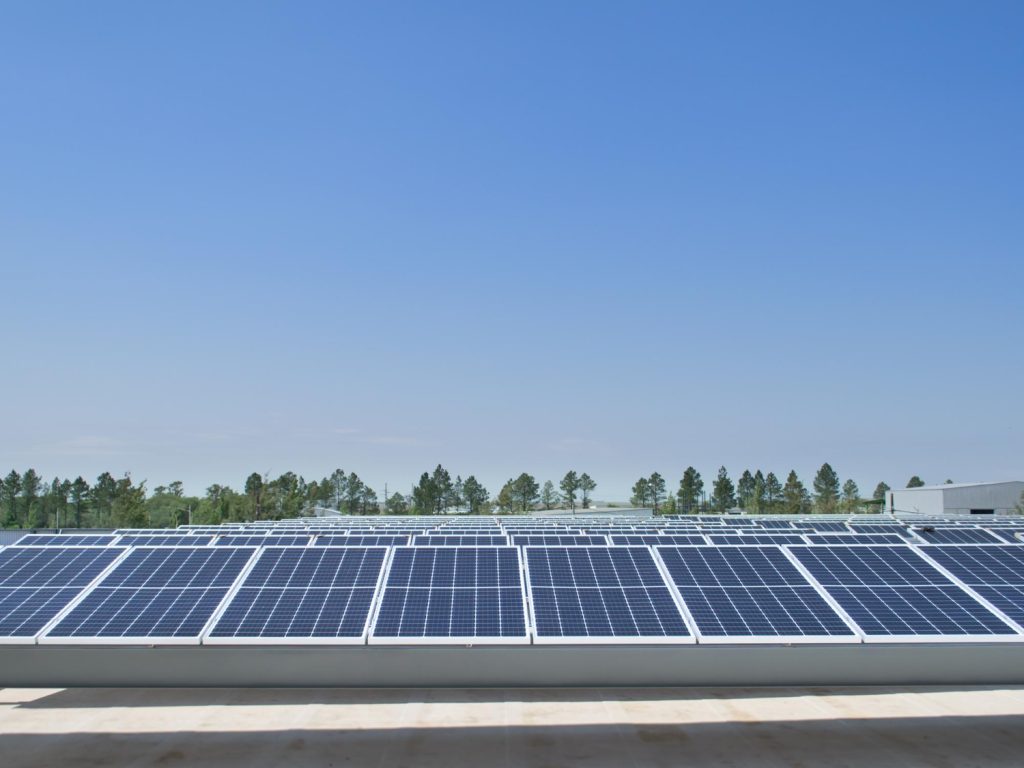India is witnessing an unprecedented surge in open access solar(OAS) power. This innovative model is empowering businesses and industries to directly source renewable energy, leading to significant cost savings, reduced carbon footprints, and contributing to India’s ambitious clean energy goals. Open Access Solar is playing a pivotal role in India’s Clean Energy Revolution by democratizing access to renewable power. This innovative approach allows businesses and industries to directly source solar energy from large-scale solar plants, reducing their carbon footprint and contributing to India’s clean energy goals.
What is Open Access Solar(OAS)?
Traditionally, businesses and industries rely on their local electricity distribution companies (DISCOMs) for their power needs. OAS breaks this dependency by allowing large energy consumers to purchase electricity directly from solar power developers. There are two main ways to do this:
- Captive Model: Companies set up their own solar power plants for their consumption.
- Third-Party Model: Companies sign power purchase agreements (PPAs) with solar developers to buy electricity at predetermined tariffs.
Benefits of Open Access Solar
- Cost Savings: Solar energy is often cheaper than conventional power sources, leading to significant long-term savings on electricity bills.
- Environmental Sustainability: OAS helps businesses meet their sustainability goals by reducing their dependence on fossil fuels and lowering greenhouse gas emissions.
- Predictable Energy Costs: PPAs provide price stability, protecting businesses from fluctuating electricity tariffs.
- Energy Security: Solar power reduces reliance on the grid, offering a more secure and reliable energy source.
How OAS Fuels India’s Green Goals
India has set ambitious targets for renewable energy, aiming for 500 GW of non-fossil fuel capacity by 2030. OAS is instrumental in achieving these goals:
- Democratizing Clean Energy: It enables large power consumers to contribute directly to the growth of renewable energy in India.
- Boosting Private Investment: The open access model attracts significant investment in the solar sector, driving economic growth and job creation.
- Reducing Grid Strain: OAS reduces the burden on the grid, improving overall power distribution efficiency.
The Road Ahead
The future of OAS in India is promising. However, addressing the following areas will accelerate its adoption:
- Streamlining Regulatory Processes: Simplifying approval procedures and reducing red tape will make open access even more attractive.
- Enhancing Grid Connectivity: Ensuring reliable grid access is crucial for the expansion of OAS projects.
- Addressing Cross-Subsidy Surcharges: Rationalizing cross-subsidy surcharges, often levied on open access projects, can strengthen the economic viability of the model.
Conclusion
Open access solar offers a transformational opportunity for India’s energy landscape. It empowers businesses, supports India’s clean energy targets, and facilitates sustainable economic development. As policy frameworks evolve and costs continue to fall, OAS has the potential to become a mainstream energy source for Indian industries.





